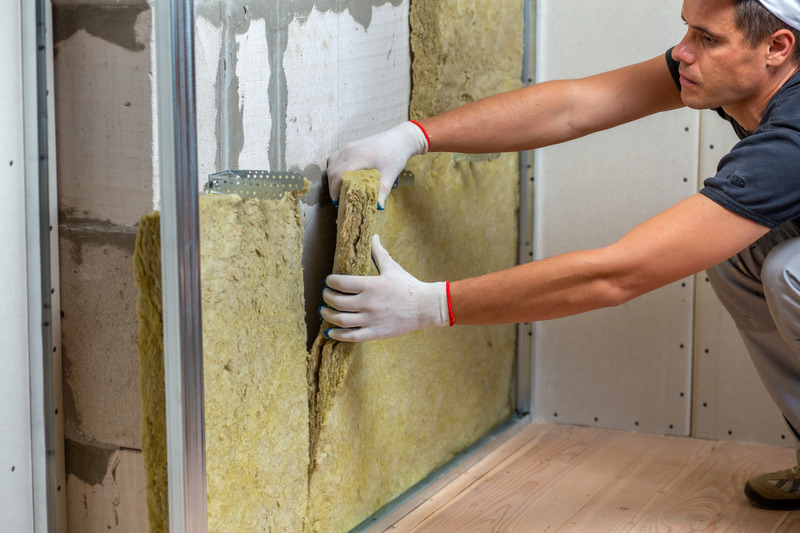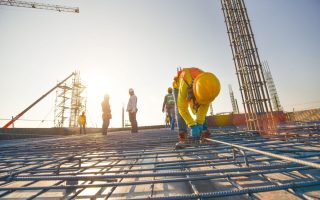When it comes to insulating your metal building, understanding the concept of R-Value is essential. It’s more than just a number; it represents the effectiveness of your insulation in resisting heat flow. Let’s dive into what R-Value means, why it matters, and how to choose the right insulation for your metal building. Let’s get started!
What is R-Value?
R-Value is a measure of thermal resistance used in the building and construction industry. It quantifies how well a material insulates against heat transfer. The higher the R-Value, the better the material’s ability to resist heat flow, keeping your space comfortable year-round. R-Value is typically expressed in units of square feet per hour per degree Fahrenheit (ft²·h·°F/Btu). Understanding this value helps you make informed choices about insulation, especially for metal buildings that can struggle with temperature regulation.
Importance of R-Value in Metal Buildings
R-Value is particularly crucial for metal buildings due to their inherent properties. Metal conducts heat more effectively than other materials, which means it can lead to significant temperature fluctuations inside the structure. Without proper insulation, metal buildings can become uncomfortably hot in the summer and frigid in the winter. By understanding R-Value, you can select insulation that effectively mitigates these issues, ensuring a comfortable environment regardless of the season. Check out bluetexinsulation.com to see what options you have.
Recommended R-Values for Metal Buildings
The ideal R-Value for your metal building can vary based on your region and climate. For example, colder climates generally require higher R-Values to effectively insulate against extreme temperatures. As a general rule of thumb, an R-Value of 30 to 40 is recommended for metal buildings in northern areas, while southern regions might find an R-Value of 20 to 30 sufficient. Additionally, consider how you plan to use the building—whether it’s for storage, a workshop, or another purpose—as this will influence your insulation needs.
When You Should Fully Insulate a Building
There are two popular techniques when it comes to insulating a metal building. First of all, you can choose to install insulation on the roof of the building only. Then, you can decide to fully insulate the inside, which includes the roof and walls. The first option is always tempting, as it makes installing faster and easier. There’s also the opportunity to save money since you’re purchasing less materials.
However, while you might be drawn into the perks of insulating the roof only, there are many reasons why you should go for full installation. Let’s take a look at some of the scenarios where this is more beneficial. You’ll be glad you did this from the beginning so that you can enjoy maximum benefits.
You Have Staff Working
Sometimes, you can get away with just insulating the roof if you’re using a metal building sparingly or for storage. However, if this is an office and working space for your staff, you need to be a bit more thorough. In particular, installing materials on the roof and walls will be necessary for temperature control and making sure they have comfort when they’re on the clock. Otherwise, you can have unhappy staff, which can affect your whole business.
To Save on Heating and Cooling
Are you spending a fortune on heating your building in the winter and cooling it down during the summer? Indeed, this can be one of the disadvantages of a metal building. But, this can be easily remedied with full insulation. When you add specific materials to the walls, this helps with temperature control all year round. What’s more, when you have a more comfortable temperature, you’re less reliant on-air conditioning and heating. Then, you can lower your bills.
For Maximum Protection
Are you worried about condensation build-up and how this moisture will impact your building? You’ve got good reasons to feel this way. You want to do everything you can to increase the longevity of your building. Fully insulation is the best way to do this, protecting the metal from moisture.
Conclusion
Understanding R-Value is crucial for making informed decisions about insulation for your metal building. It not only affects your building’s energy efficiency and comfort but also plays a role in long-term savings and value. By considering the right R-Value for your climate and building use, you can select the best insulation materials that meet your needs. Don’t overlook the importance of R-Value—it’s an investment that pays dividends in comfort and cost-efficiency for years to come.




